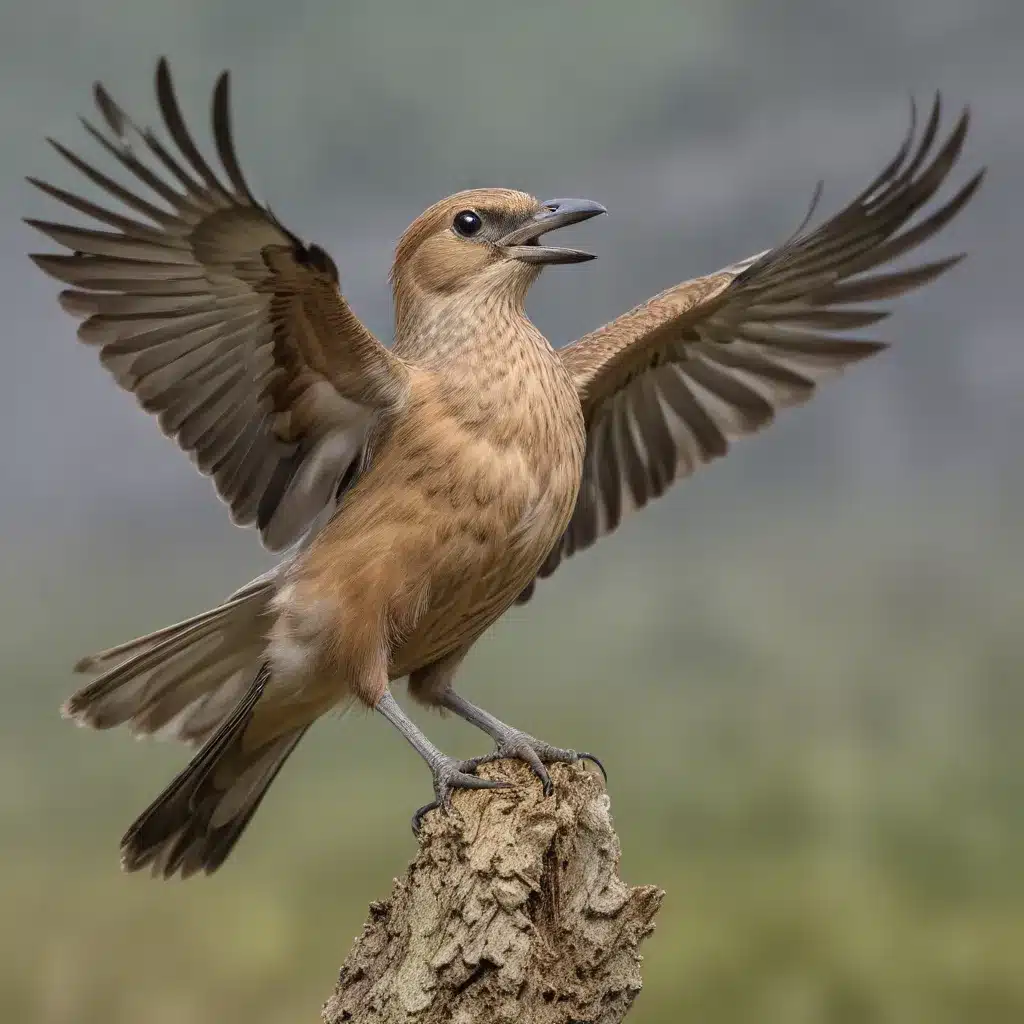
Avian Navigation Strategies
From the graceful soaring of raptors to the melodic dawn choruses of songbirds, the annual migrations of our feathered friends have long captivated human imagination. How do these amazing creatures traverse thousands of miles between continents, often with pinpoint precision? The secrets of avian navigation have intrigued scientists for centuries, and only recently have we begun to unravel the complex mechanisms that guide these incredible journeys.
Migratory Bird Species
While migratory behavior is found across a wide range of bird families, certain groups stand out for their remarkable navigational prowess. Songbirds, such as warblers, thrushes, and sparrows, embark on epic voyages, flying thousands of miles between breeding and wintering grounds. Waterfowl like geese, ducks, and swans rely on their keen senses to navigate between Arctic tundras and temperate wetlands. Even mighty raptors, from hawks to falcons, showcase impressive long-distance flights, chasing the seasonal abundance of their prey.
Navigational Senses
So, what guides these avian travelers through the vast expanses of sky and land? Researchers have uncovered a fascinating array of sensory mechanisms that allow birds to orient themselves and find their way. Chief among these is magnetoreception – the ability to detect the Earth’s magnetic field. Certain specialized cells in a bird’s brain can perceive subtle variations in the planet’s magnetic lines, acting as an innate compass. Complementing this, birds also use celestial cues, such as the position of the sun, stars, and even polarized light patterns, to chart their course. Some species have even demonstrated an uncanny ability to detect atmospheric odors, using olfactory information to navigate.
Environmental Factors Influencing Migration
While the navigational abilities of birds are nothing short of remarkable, the natural world in which they operate also plays a critical role in shaping their migratory behaviors. Seasonal changes in the environment provide crucial timing cues, while the physical landscape can serve as both a guide and a challenge.
Seasonal Changes
The lengthening and shortening of daylight hours, known as photoperiod, is a primary trigger for the onset of migratory behavior. As the days grow longer in spring, hormonal changes within a bird’s body spur the urge to head north, while the autumnal equinox signals the time to journey south. Fluctuations in weather patterns, such as wind direction and storm systems, can also influence the timing and routes of migratory flights.
Landscape Features
Topographical elements can act as both signposts and barriers for migratory birds. Coastlines, mountain ranges, and major river systems provide natural landmarks that birds can use to orient themselves and navigate. However, these same features can also present obstacles, forcing birds to adjust their flight paths and find strategic crossing points, such as the famous Bear Divide in California’s San Gabriel Mountains.
Cognitive Abilities of Migratory Birds
Underlying the remarkable navigational feats of migratory birds are equally impressive cognitive abilities. From memory and learning to the intricate timing of their journeys, these creatures demonstrate a level of sophistication that continues to awe and inspire researchers.
Memory and Learning
Migratory birds possess a remarkable spatial awareness, often returning to the same breeding and wintering grounds year after year. This route fidelity suggests a strong cognitive map, built upon both inherited knowledge and individual experience. As young birds embark on their first migrations, they learn from the guidance of experienced elders, gradually honing their own navigational skills.
Orientation and Timing
The precise timing of migratory events, such as departure and arrival dates, is closely tied to a bird’s internal circadian rhythms. These biological clocks, synchronized with environmental cues, allow birds to anticipate and respond to the changing seasons. Additionally, the ability to utilize celestial compasses, integrating the position of the sun, stars, and even the Earth’s magnetic field, enables birds to maintain a consistent heading, even in the face of shifting weather patterns.
Technological Advancements in Avian Research
The quest to unravel the mysteries of avian migration has been greatly aided by the rapid advancement of tracking and monitoring technologies. From lightweight radio transmitters to sophisticated satellite imagery, researchers now have an unprecedented window into the lives of migratory birds, shedding light on the intricate details of their extraordinary journeys.
Tracking Devices
The development of miniaturized radio transmitters, known as geolocators, has revolutionized the field of avian research. These lightweight devices, attached to a bird’s leg or back, can record the bird’s location, altitude, and even the timing of its movements, providing invaluable data on migration routes and stopover sites. The Motus Wildlife Tracking System, a collaborative network of receiver stations across the Americas, has further expanded the reach of these tracking technologies, allowing researchers to follow individual birds across vast geographical scales.
Data Analysis Techniques
Alongside the technological tools, researchers have also harnessed the power of computational modeling and satellite imagery to gain deeper insights into avian migration. By overlaying GPS data with environmental variables, such as weather patterns and habitat features, scientists can identify the key factors that influence a bird’s journey. This holistic approach, integrating multiple lines of evidence, has helped to unravel the complex interplay between migratory birds and their ever-changing world.
As we continue to delve into the marvels of avian navigation, the implications of this research extend far beyond mere scientific curiosity. Understanding the migration patterns and challenges faced by birds can inform crucial conservation efforts, helping to safeguard vital habitats and flyways. By shedding light on these “migratory mysteries,” we not only satisfy our innate wonder, but also empower ourselves to protect the incredible avian travelers that grace our skies.
To learn more about the latest advancements in avian research and how you can support conservation efforts, be sure to visit Mika Birds Farm – a hub of expertise and resources for all things related to our feathered friends.


